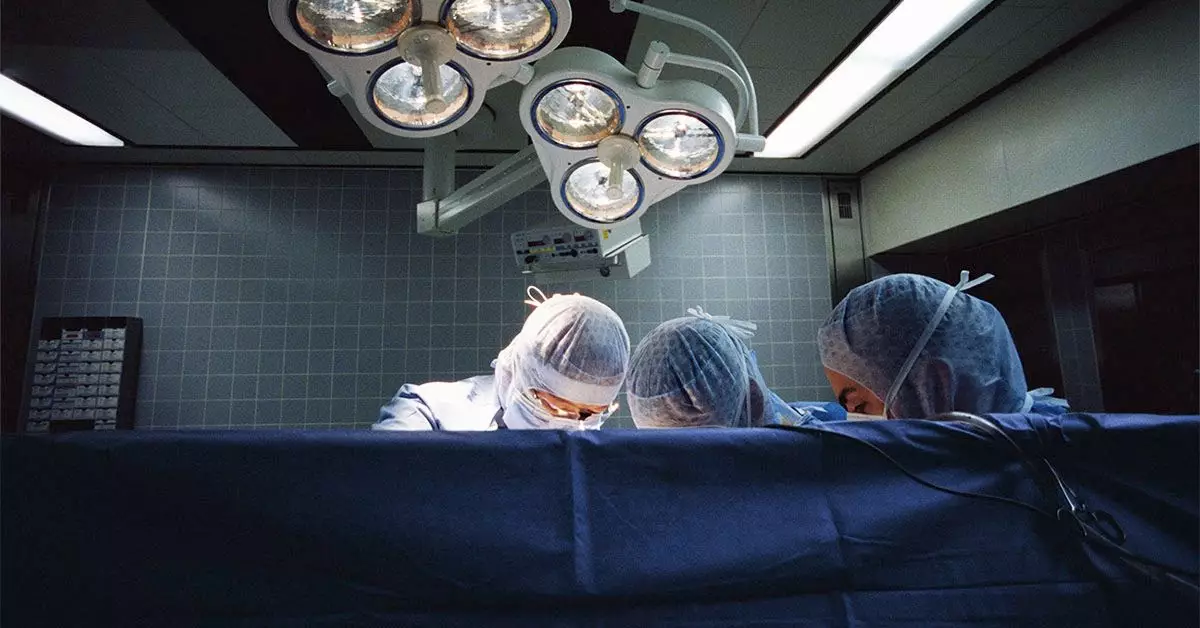The thyroid gland plays a crucial role in regulating metabolism and other bodily functions. When issues arise within this important gland, medical intervention may become necessary. One such intervention is the thyroid lobectomy, a surgical procedure aimed at treating a variety of thyroid-related conditions. This article delves into the reasons for undergoing a thyroid lobectomy, the details of the procedure, and what to expect during recovery.
A thyroid lobectomy is a surgical technique in which a portion of the thyroid gland is removed. This operation is typically recommended for patients with thyroid cancer, but it can also be beneficial for those suffering from benign growths, goiters, or conditions such as hyperthyroidism. By removing part of the thyroid, doctors aim to alleviate symptoms, stop the progression of disease, or eliminate potentially cancerous cells.
The decision to perform a thyroid lobectomy often hinges on the patient’s specific condition and the characteristics of any tumors present. A doctor might suggest this surgery if a tumor is detected that is small and localized to one lobe of the thyroid. Interestingly, while many nodules can evoke anxiety due to the fear of cancer, only about 5% of thyroid nodules are malignant. Therefore, many cases involve benign growths that still necessitate intervention to prevent future complications.
Healthcare professionals recommend a thyroid lobectomy in several situations:
1. **Thyroid Cancer**: For patients with localized thyroid cancer, a lobectomy can effectively remove cancerous tumors, helping mitigate its spread.
2. **Benign Nodules**: In cases where benign nodules are the source of discomfort or concern, and there’s a risk of them developing into cancer over time, surgery may be advised.
3. **Goiters**: Goiters can cause pressure on surrounding structures in the neck, leading to symptoms like difficulty swallowing or breathing. A lobectomy may relieve these symptoms.
4. **Hyperthyroidism**: Although medication is the primary treatment for hyperthyroidism, surgery may be required if medication fails to normalize hormone levels.
The myriad conditions that warrant this surgical intervention demonstrate its versatility as a treatment option for various thyroid disorders.
The thyroid lobectomy procedure generally involves several key steps. Typically performed under general anesthetic, the operation starts with the surgeon making an incision in the lower neck. Through this incision, the surgeon carefully accesses the thyroid gland and removes the specified lobe.
Once the lobe containing the problematic tissue is excised, the incision is closed with sutures or staples. The majority of patients can anticipate returning home the same day, making this procedure less invasive compared to complete thyroidectomy surgeries, where the entire gland is removed.
Pre-operative preparations include receiving guidance on fasting and medication adjustments to minimize the risk of complications during surgery.
Post-surgery, patients often require monitoring for a few hours to ensure there are no immediate complications. While most patients can be discharged within the same day, they may need prescription medications for pain management and other supportive therapies.
Recovery from a thyroid lobectomy typically spans several weeks. Patients may experience fatigue as their bodies adjust to the surgical changes. It’s common for doctors to recommend avoiding strenuous activities such as heavy lifting or vigorous exercise for 2 to 4 weeks to promote healing.
Follow-up care is crucial, as doctors will want to monitor for any signs of complications, including abnormal swelling, infections, or hormonal imbalances. Depending on the extent of the surgery and the functionality of the remaining thyroid tissue, some patients may need to start thyroid hormone replacement therapy to maintain appropriate hormone levels.
Like any surgical procedure, a thyroid lobectomy does carry risks. Potential complications include infection, bleeding, and damage to surrounding structures, such as the parathyroid glands or vocal cords. While these risks are generally low, they underline the importance of choosing a qualified surgeon and thoroughly discussing any concerns prior to the procedure.
Post-operative complications might also include sensations of tingling or numbness, which can indicate changes in calcium levels.
A thyroid lobectomy is an established procedure that offers effective treatment for various thyroid conditions, including cancer. While it is a significant surgical intervention, most individuals experience manageable recovery, with many returning to their normal activities within weeks. Those considering the procedure should engage in open discussions with their healthcare providers to gain a comprehensive understanding of the process, benefits, and potential risks. By being informed, patients can make empowered healthcare decisions that best suit their individual needs.

